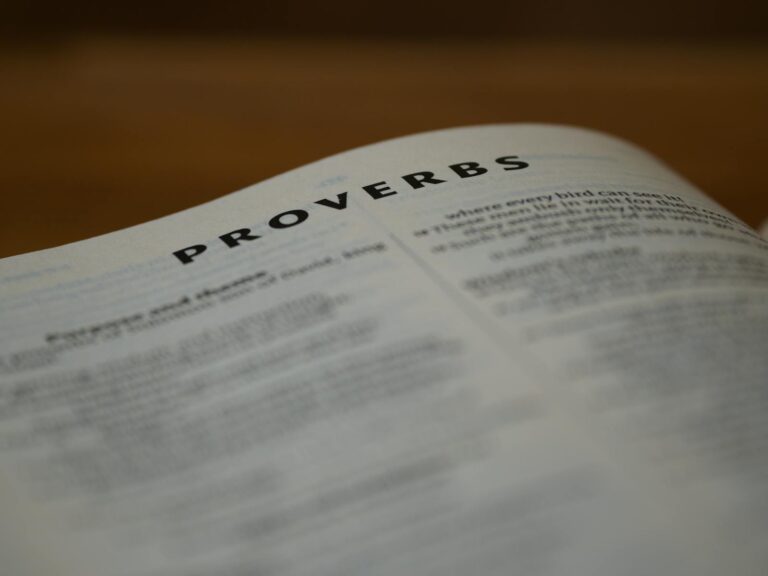There is / There are (Haver / Existir)
Regras no Presente
Use there is com substantivos incontáveis e contáveis no singular.
Use there are com substantivos contáveis no plural.
Exemplos:
There’s (some) milk and an apple in the fridge.
(Tem (um pouco de) leite e uma maçã na geladeira.)There are (some) cookies in the kitchen.
(Tem (alguns) biscoitos na cozinha.)
Regras no Passado
Use there was com substantivos incontáveis e contáveis no singular no passado.
Use there were com substantivos contáveis no plural no passado.
Exemplos:
There was some noise during the night.
(Teve um barulho durante a noite.)There was an old car parked outside.
(Tinha um carro velho estacionado lá fora.)There were many people at the concert.
(Tinha muitas pessoas no show.)There were some apples on the table.
(Tinham algumas maçãs na mesa.)
Como fazer perguntas (Presente e Passado)
Presente:
Is there any (or some) pasta?
(Tem alguma (ou um pouco de) massa?)Are there any (or some) noodles?
(Tem algum (ou alguns) macarrões?)What kind of fruit is there in this fruit salad?
(Que tipo de fruta tem nessa salada de frutas?)How many eggs are there in the fridge?
(Quantos ovos tem na geladeira?)
Passado:
Was there any water in the bottle?
(Tinha água na garrafa?)Were there any children at the park?
(Tinham crianças no parque?)How many guests were there at the party?
(Quantos convidados tinham na festa?)
Lembre-se
Substantivos contáveis são aqueles que você pode contar: apple, chair, egg
→ Têm forma no singular e no plural.Substantivos incontáveis são aqueles que você não pode contar individualmente: milk, rice, information
→ Não usam a/an, nem números diretamente.
Exemplos:
| Correto | Incorreto |
|---|---|
| rice | a rice |
| sugar | two sugars* |
*exceto quando se refere a porções (ex: two coffees = dois cafés, em contexto informal, referindo-se à duas xícaras de café.)
A confusão entre there to be e o verbo have
Para falantes de português no Brasil, as expressões “there is” e “there are” muitas vezes causam confusão. Isso acontece porque, no português do dia a dia, raramente usamos os verbos “haver” ou “existir” para indicar a presença de algo. Em vez disso, quase sempre usamos “ter”:
-
Tem um gato na porta.
-
Tem muita gente aqui.
-
Tem leite na geladeira.
Essa estrutura é prática e amplamente aceita no Brasil. No entanto, ao tentar traduzir diretamente para o inglês, muitos estudantes sentem vontade de usar o verbo “have”, que se parece com o nosso “ter”. O problema é que, em inglês, “have” é usado apenas para indicar posse, e não para dizer que algo está presente em um lugar.
Por exemplo:
-
❌ Has/ Have a cat at the door.
(Essa frase está errada. Em tradução literal: “Ter um gato na porta.”)
Aqui, a estrutura correta seria:
-
✅ There is a cat at the door.
-
(Há um gato na porta. / Tem um gato na porta.)
Mas por que “have” está errado aqui?
Simples: objetos, lugares e situações não podem possuir coisas. A porta não pode “ter” um gato. Um restaurante não pode “ter” sopa. Apenas pessoas, animais ou entidades com posse real podem usar o verbo have:
-
✅ I have a cat. (Eu tenho um gato.)
-
✅ She has a new car. (Ela tem um carro novo.)
Mas:
-
✅ There is soup in the restaurant. (Há / Tem sopa no restaurante.)
-
✅ There are students in the classroom. (Há / Tem alunos na sala de aula.)
A chave aqui é lembrar que “there is” e “there are” indicam a existência ou presença de algo, não posse.
Anything e Nothing
Use Is there com anything ou nothing.
Exemplos:
Is there anything to eat?
(Tem algo para comer?)No, there is nothing.
(Não, não tem nada.)
ouNo, there isn’t anything.
(Não, não tem nada.)
Cuidado
| Situação | Use | Exemplo em inglês | Tradução |
|---|---|---|---|
| Frases afirmativas | nothing | There is nothing. | (Não tem nada.) |
| Frases negativas | anything | There isn’t anything. | (Não tem nada.) |
Frases incorretas:
There isn’t nothing.
There is anything.
There to Be Quiz
Quiz Summary
0 of 1 Questions completed
Questions:
Information
You have already completed the quiz before. Hence you can not start it again.
Quiz is loading…
You must sign in or sign up to start the quiz.
You must first complete the following:
Results
Results
0 of 1 Questions answered correctly
Your time:
Time has elapsed
You have reached 0 of 0 point(s), (0)
Earned Point(s): 0 of 0, (0)
0 Essay(s) Pending (Possible Point(s): 0)
Categories
- Not categorized 0%
- Review
- Answered
- Correct
- Incorrect
-
Question 1 of 1
1. Question
Correct / 8 PointsIncorrect / 8 Points
















